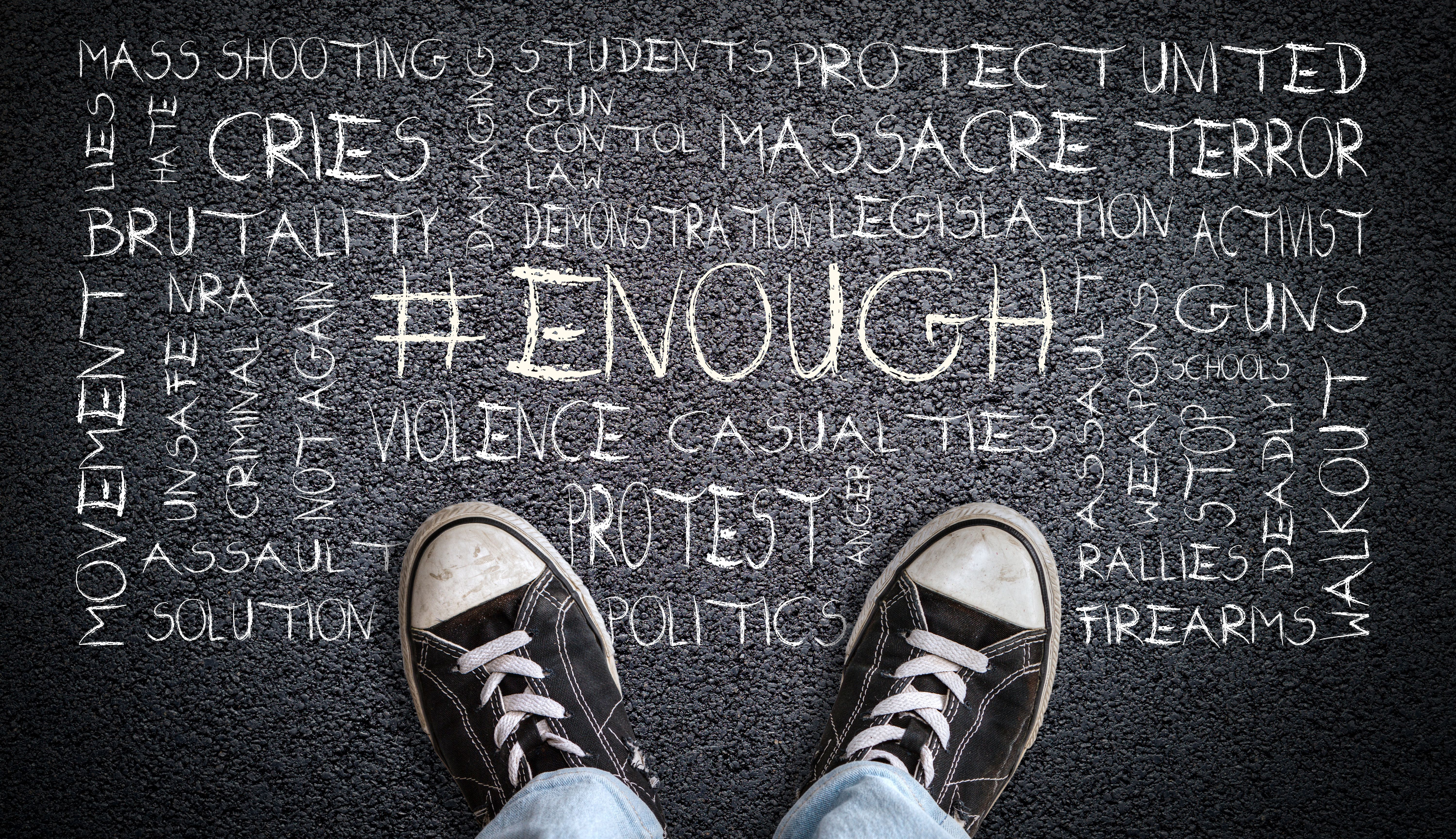Article
Psychotherapy in a Cage
Author(s):
A reporter asked, "Can you do psychotherapy in a cage"? What immediately came to mind was the sociopathic psychiatrist Hannibal Lecter in the movie Silence of the Lambs.

After 35 years of practice, ranging from managed care to care of traumatized refugees, I thought I had heard it all. But I was still stunned when a reporter named Jack Dolan of the Los Angeles Times called me on December 8, 2010. He said he called me because he read some of what I had written about prison psychiatry, especially the article “Wrestling with Evil in Prison Psychiatry” that I had written for Psychiatric Times.
He also was fascinated to read that the first time I drove to the medium-security prison where I work part-time, as it first came into view, it reminded me of Theresienstadt Concentration Camp. Finally, given the potentially conflicting influence of the politics involved, he said he wanted the perspective of a psychiatrist outside of the California prison system.
About what, I asked, both with interest and some trepidation? I already knew that the California prison system was in very poor shape, including its healthcare capability, due to political and economic pressures. So I figured that is what he would ask about . . . perhaps a comparison of what seems better here in Wisconsin.
Instead, he went on to say that he wanted to know whether what he saw when he visited the maximum security Vacaville prison could be therapeutic, or whether it was just a minimal attempt to meet court-ordered treatment.
My curiosity was peaking now. Why the long lead in?
Can you do psychotherapy in a cage, he finally asked? I almost immediately flashed to the sociopathic psychiatrist Hannibal Lecter in the movie Silence of the Lambs. So I asked back-as psychiatrists are wont to do-was the psychiatrist in a cage in the California prison when he or she saw patients? Maybe that would be necessary for security reasons. No, the reporter answered. It was the other way around; patients were in the cages-in a group therapy set-up, no less.
When the story came out on December 28 and in an ensuring editorial, there was a striking picture of a clinician wearing a flak vest, strumming on a guitar with two prisoners in cages nearby. The cages were justified for security. The therapist was apparently singing the old song by Otis Redding, Sitting on the Dock of the Bay. It is a favorite song of mine, but the lyrics would seem not to be too inspiring to a prisoner. Here are two verses:
“So I’m gonna sit on the dock of the bay
Watching the tide roll away
Ooo, I’m sittin’ on the dock of the bay
Wastin’ time
Look like nothing’s gonna change
Everything still remains the same
I can’t do what ten people tell me to do
So I guess I’ll remain the same, yes.”
This sort of treatment had been going on since 2006 and was defended by the music therapist. “We talk, we write songs, we do stuff like that all week. It’s really helpful.” Though the American Psychiatric Association knew of this practice, I could not elicit any informal or formal comment on psychiatry in this prison from this APA.
Now perhaps such a song was an attempt to convey empathy and build rapport. Perhaps the limited non-verbal information could be overcome, though non-verbally is usually how we detect lying, which is so common in inmates. Perhaps the catcalls of the surrounding prisoners in overhead cells could be like a modern Greek chorus.
Now, over the years, I have encountered many other new limits on treatment, ranging from drastic reductions in hospital days to 15 minutes or less medication checks. Therefore, although I couldn’t conclude, as some other psychiatrists who were interviewed did, that psychotherapy was impossible in a cage (or, in a therapeutic module, as some have renamed it), perhaps there’s a larger and more general issue here. The more general issue for all clinicians may be: what is minimally acceptable psychiatric treatment of any sort-the bottom line, so to speak? Our various practice guidelines are for recommended treatments. Our students are taught to try to provide optimal treatment. The AMA’s Principles of Medical Ethics recommends “competent” treatment.
Do we need to incorporate minimally acceptable treatment into our guidelines and quality assurance? If so, would this sort of group therapy in this environment be acceptable? Would 15 minutes med checks be minimally acceptable? How about 10 minutes? How infrequent must psychoanalytic psychotherapy be conducted to be minimally acceptable? How about CBT? Maybe a therapeutic “bottom line” can help us offset a monetary “bottom line”? Or, will it become more of a malpractice risk?






